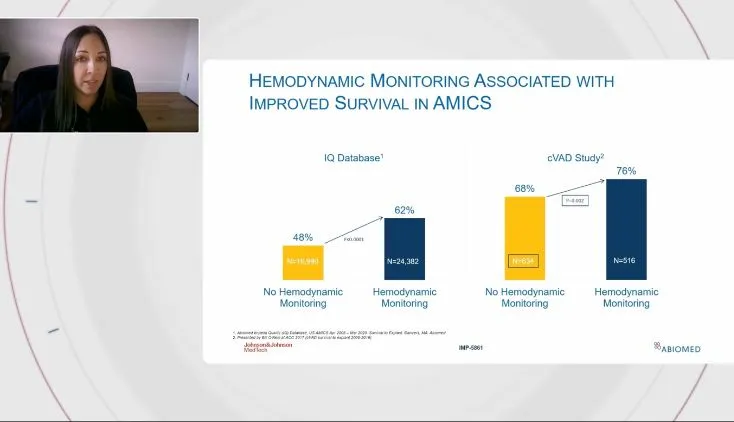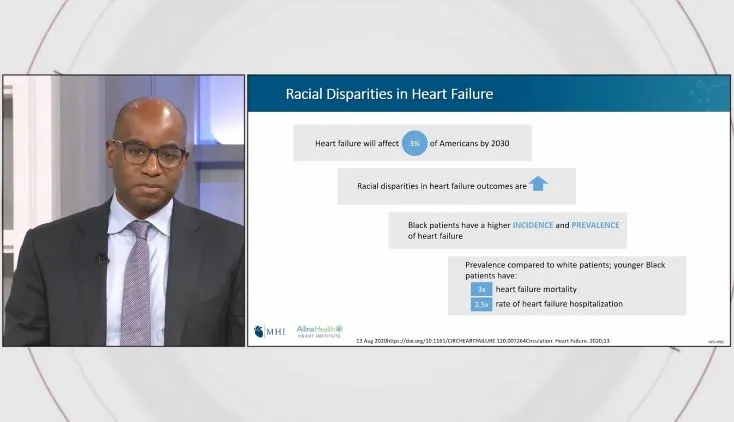Impella Education, Patient Management, Transport
Transporting a Patient on Impella® Heart Pump Support
This video is designed for those transporting patients supported with an Impella® heart pump. It provides background information on the approved Impella heart pumps and key information for use during transport.
The video describes how the left- and right-sided heart pumps work and the insertion locations for each. It also provides an overview of the components of each, pointing out similarities and distinguishing features. It then describes the Automated Impella Controller™ (AIC), explaining the functionality of each soft button (MUTE ALARM, FLOW CONTROL, DISPLAY, PURGE MENU and MENU) and describing the elements of the AIC display.
The video details the steps for transferring a patient supported with an Impella heart pump from one location to another, explaining that the AIC can be removed from the cart and placed on a bedrail for transport. After the patient is secured in the ambulance or aircraft, key steps include hanging the dextrose bag and plugging the AIC into a power source to keep battery charged.
During transport, monitor the placement signal waveform and motor current to ensure correct pump position. If an alarm occurs, there are a few steps that can be taken during transport.
- For an Impella Position in Aorta alarm, reduce P-level (flow) to P-2 until imaging is available upon arrival at the receiving hospital.
- For a Suction alarm, since changes cannot be made to position during transport, ensure patient has adequate volume.
- For a Purge Pressure Low alarm, assess for leaks or loose connections within the purge system.
- For a Purge Pressure High alarm, assess tubing for kinks and ensure purge sidearm is straight.
- For an Air in Purge System alarm, ensure that the dextrose bag is hung in an upright position during transport.
The video concludes with some general patient care considerations, such as not raising the head of the bed higher than 30 degrees, assessing access site for bleeding and hematoma and ensuring that the Impella catheter, cable and purge tubing are not kinked or pulled. It also provides tips pertaining to defibrillation, CPR and patients supported with both Impella and ECMO.
NPS-2017


